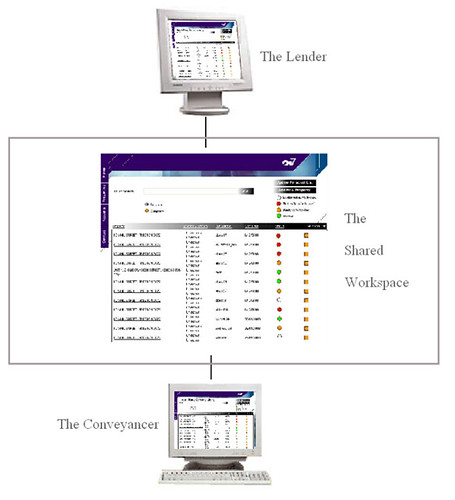VICTORIAN home renters and small business owners could face hefty stamp duty bills under an amendment to the Duties Act being debated in State Parliament this week.
Proposed amendments to the bill will make some tenants liable for stamp duty if the property they are renting is sold during during their lease.
The stamp duty rate is 5.5 per cent of a property's value, and the changes could lead to stamp duty bills totalling tens of thousands of dollars for renters and business owners.
For example, a person renting a $400,000 flat could be liable for a stamp duty payment of $22,000, and have just 14 days to settle that debt, if the property is sold.
The Duties Amendment Bill 2008 was tabled in Parliament in December following pressure from the State Revenue Office to close loopholes governing the transfer of properties, particularly those owned on 99-year leases, to avoid stamp duty.
Critics have described the changes as a "stealth tax" and say thousands of Victorians will have to pay stamp duty on properties they do not own.
The changes mean:
■The effective reintroduction of lease duties in Victoria, which the State Government abolished in 2001.
■Tenants who pay any consideration other than just rent — for example, hiring a gardener or removing signs from a shop or warehouse — will have to pay stamp duty if the property is sold.
■Property buyers may have to pay double stamp duty — once when contracts are signed, and again on the completion of sale.
■Retirement villages will no longer be exempt, adding tens of thousands of dollars to the cost of buying into a village.
■Stamp duty will have to be paid within 14 days of a contract of sale being signed, rather than within three months of the transaction being completed.
A spokesperson for Treasurer John Lenders said: "Our objective is clear — to close a loophole that allowed people to circumvent tax by deliberately structuring their affairs to take advantage of the abolition of stamp duty on leases.
"The SRO has monitored changes in market practice since the abolition of lease duty and observed that there has been a rise in certain types of leasing arrangements that have exploited the loophole.
"Typically these arrangements are used at the top end of the property market. This legislation will not affect those entering into ordinary commercial leases.
"If it is shown that the bill will have unexpected consequences that are not able to be overcome administratively, then we will consider appropriate amendments to the bill when it is debated in Parliament next month."
Global accounting firm PricewaterhouseCoopers has been among the most vocal of the legislation's critics.
"The legislation was designed to address a particular case that the State Revenue Office lost in the Supreme Court," said Barry Diamond, a partner with PwC.
"In trying to introduce amendments that would close loopholes, there are other consequences that are simply absurd.
"The key message that PwC, along with other key stakeholders, would like get across is that we want the State Government to either withdraw or substantially amend the changes immediately.
"There are a number of consequences of this bill — it introduces a stealth tax, and creates some absurd consequences for people renting a property whereby they could get a stamp duty bill for tens of thousands of dollars."
According to Mr Diamond, the changes will affect those who have a "provision in their lease other than rent".
"This is much more common for commercial leases, where the tennant will have provisions to remove signage from a shop or warehouse.
"If those provisions are in the lease, to pay any consideration other than rent, then they will be liable for stamp duty."
Since the bill was tabled in December, the Government has received complaints from the Law Institute of Victoria, the Property Council, the Tax Institute of Australia and the Australian Bankers Association.
"The real question is: was this the intention of the Government, are they really introducing a tax by stealth?
"Or have they just got it wrong and caught a lot more things in their amendments, like certain long-term leases?" Mr Diamond asked.
